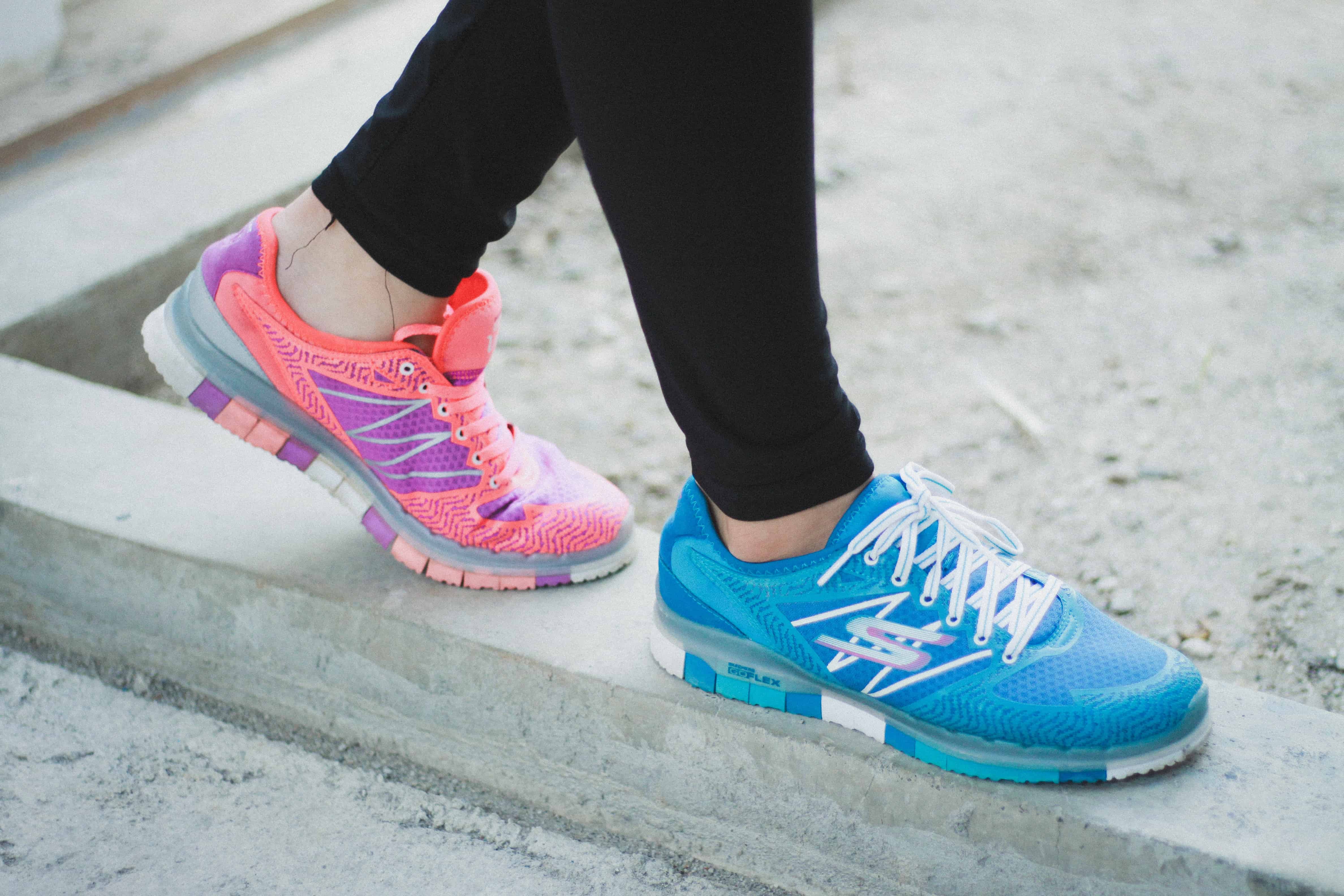
FYNS precisely measures four cornerstone behavioral traits, Dominance, Extroversion, Pace, and Conformity. These are the DNA of your individual strengths, and combine to form your basic/natural self, that is, how you function when there is freedom to respond in a completely natural way.
Let’s get to the basics of Pace/Patience.
Key Descriptors
- Rate of Motion/Adaptable Trait
- Influenced by their Environment
- Control-Oriented Through Process
- Attentive Listeners, Patient Instructors, Coaches, Mentors
- Persistent and Dependable, Stable Influencers and Mediators
- Able to Adjust to Almost Any Justifiable Pace, Use Time Effectively
The High-Pace/Patience Point of View
- Accomplish tasks through patience and persistence.
- Observe cause and effect before taking action.
- Prefer consistent, established, predictable pace.
- Set up routines, comfortable with repetitious actions and procedures.
- Most productive in a stable environment.
- Often accomplish more than may be apparent to others, remember the tortoise and the hare.
- Friendly, relaxed, patient, in harmony with others.
- Make the best of everything to avoid causing trouble or dissension.
- Appear to react calmly to pressure, internalize feelings.
- Cautious to start and slow to make changes unless justified.
- Take time to understand concerns and expectation of others.
- Noted for good memory and moderate tastes.
- Prefer to work with strong, confident leadership.
- Wait for recognition and appointment to leadership roles.
- May only push organizationally and socially if pressured.
- Want assurance of benefits.
- May take on more than can be handled to avoid saying “no” to others.
- Tend to hold concerns and injustices within until reaching a bursting point.
© 1984, Rev. 2017 PDP, Inc. USA. All rights reserved.


Low Pace/Patience
- By contrast, those low in the Pace/Patience trait
- Have a strong sense of urgency for self and others
- Create or seek out new, exciting situations for a change of pace and environment
- Action-oriented and impatient
- Fast-paced
- Prefer surface learning in a variety of ares, rathe than focusing single topics
- Get bored if pace is to slow
- If disorganized, may show erratic behavior or waste time
Remember, the higher your pace, the more patient you will be, the lower the pace the more urgent you will be. It takes a combination of different people with different strengths for success in the journey!
© 1984, Rev. 2017 PDP, Inc. USA. All rights reserved.





